How to Clean Lawn Mower Carburetor Like a Pro
Maintaining a well-manicured lawn requires more than just regular mowing; it demands attention to the intricate components that power your lawn mower. Among these components, the carburetor plays a crucial role in ensuring your mower runs smoothly and efficiently. Over time, the carburetor can become clogged with debris, varnish, and old fuel, leading to poor performance and difficulty starting.
In this guide, Bebest will show you how to clean lawn mower carburetor like a pro, using some simple tools and techniques that anyone can follow. You will learn how to prepare your mower, disassemble the carburetor, clean the parts, and reassemble everything correctly. By following these steps, you will be able to restore the lawn mower to its optimal condition and enjoy a smooth and hassle-free mowing experience.
Before You Begin Cleaning Lawn Mower Carburetor
Before delving into the process of cleaning your lawn mower’s carburetor, it’s crucial to adopt a methodical approach and assemble the necessary tools. Preparing yourself for this maintenance endeavor ensures not only a successful outcome but also a safe and organized experience. Here’s a comprehensive guide on what to consider and the tools you’ll need for a successful carburetor cleaning process:
Ensure Engine Coolness
Commence by verifying that the lawn mower’s engine is completely cool. Gently touch the engine using the back of your hand to gauge its temperature. This preliminary step is pivotal for your safety, as working with a hot engine can result in burns and discomfort.

Empty Fuel Tank
To prevent fuel spillage and potential fumes, confirm that the fuel tank is devoid of any content before you proceed. If there’s still fuel present, you have two options: run the engine until the fuel is exhausted, or utilize a siphoning tool to safely transfer the fuel into a designated container.
Indispensable Tools and Materials
- Screwdriver: Keep a screwdriver within arm’s reach, preferably one with both flathead and Phillips-head capabilities. This versatile tool will prove invaluable for removing screws, covers, and components that require cleaning.
- Carburetor Cleaner Spray: This specialized spray solution is specifically designed to dissolve the accumulated grime, deposits, and varnish residing within the carburetor. It serves as an essential component for comprehensive and effective cleaning.
- Brush: An indispensable tool in your arsenal, a small, stiff-bristled brush comes to the forefront for scrubbing away stubborn residues and deposits from challenging-to-reach nooks and crannies within the carburetor.
By having these essential elements in place, you are poised to embark on the carburetor cleaning process confidently and securely. It’s crucial to recognize that meticulous preparation lays the foundation for a smooth and error-minimized maintenance experience. Armed with a cool engine, an emptied fuel tank, and the imperative tools and materials, you’re fully equipped to undertake the endeavor of rejuvenating your lawn mower’s carburetor, ultimately paving the way for optimal performance and enhanced functionality.

How To Clean Lawn Mower Carburetor
If you aim to maintain a lawn mower that runs with seamless efficiency, paying attention to the carburetor’s cleanliness and maintenance is paramount. The carburetor, a critical component within the engine, plays a pivotal role in blending air and fuel to initiate combustion. Yet, over time, it can become obstructed by dirt, debris, or residue stemming from aged or poor-quality gasoline. This accumulation can significantly impact your mower’s performance, leading to issues like challenging starts, stalling, or erratic surges.
To prevent such setbacks, it’s essential to regularly clean the carburetor, especially when your mower experiences prolonged periods of storage. Here’s a detailed guide outlining the steps to meticulously clean your lawn mower’s carburetor:
Step 1: Clean the Outside of the Lawn Mower Engine
Before embarking on the carburetor cleaning process, it’s wise to sweep away any dirt or clippings from the exterior of the engine. Utilize a brush, cloth, or compressed air to clear away these particles. Ensure the engine is at a cool temperature and disconnected from the spark plug before initiating this step.

Step 2: To access the carburetor, remove the air filter
Typically located on the engine’s side, beneath a cover fastened with screws or clips, the air filter needs removal for access to the carburetor. Inspect the air filter, crafted from materials like paper, foam, or cloth, for potential damage or blockage. Replace it if necessary to ensure proper air intake.
Step 3: Remove the Carburetor
Detach the carburetor from the engine by disconnecting the metal linkage that links it to the throttle. Also, detach any hoses or wires connected to the carburetor. Exercise caution during this process to avoid damaging or misplacing any components. Pay attention to how each piece is connected for successful reattachment.
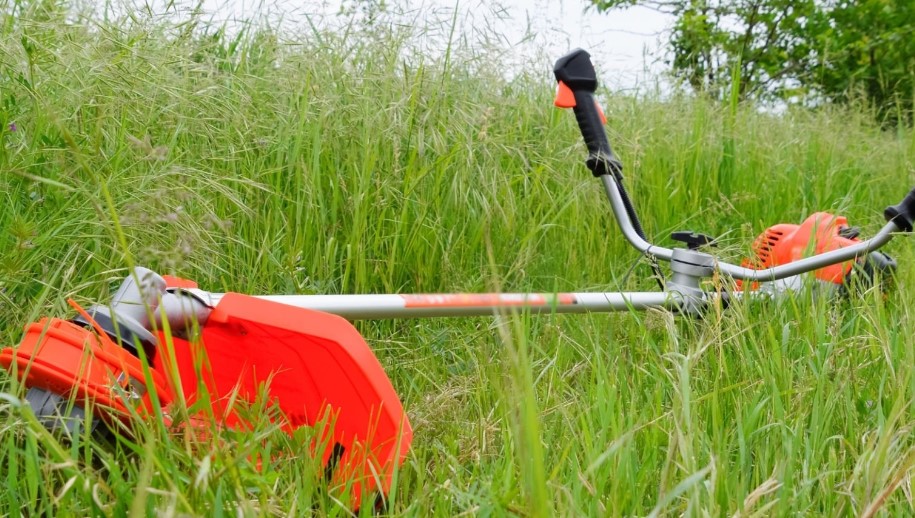
Step 4: Replace Any Worn-Out Parts
While disassembling the carburetor, meticulously inspect each part for wear or damage. Gaskets, needle valves, and jets are common candidates for replacement due to their exposure and usage. These parts are generally affordable and easily obtainable from hardware stores or online sources.
Step 5: Clean the Carburetor and Carburetor Parts
Utilize a carburetor cleaner spray specifically designed for this task to meticulously cleanse the carburetor and its components. Stubborn dirt or deposits within small openings and passages can be dislodged with a small brush or toothpick. Avoid using water or soap, as they could harm certain carburetor parts.
Step 6: Reassemble the Carburetor
With the components now cleansed, reassemble the carburetor in the reverse order of disassembly. Ensure proper alignment and secure fastening; double-check for leaks or loose connections.
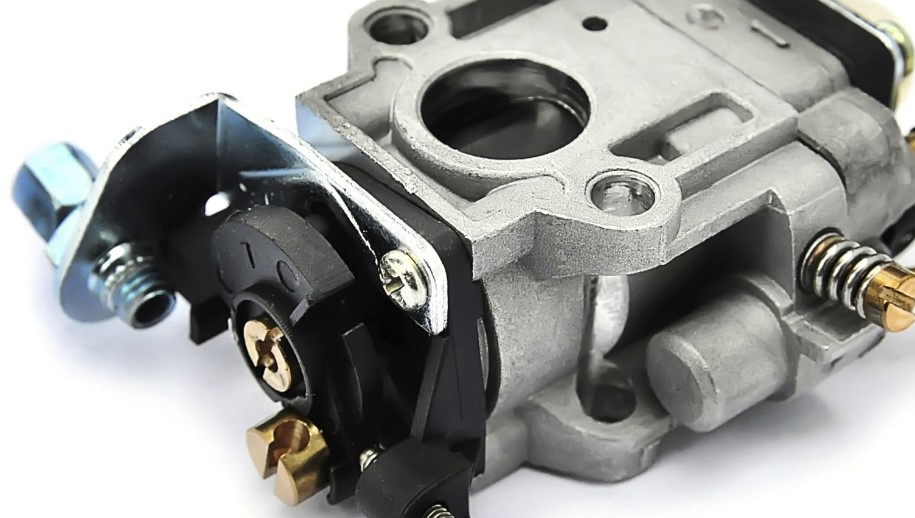
Step 7: Test the Lawn Mower
After reinstallation and reconnection, initiate a test run of your lawn mower to gauge its performance improvements. Depending on the model, you might need to adjust idle speed or mixture screws for optimal operation. If issues persist, consider consulting a professional mechanic for further guidance.
How often should you clean a carburetor?
The query of how frequently one should clean a carburetor is a common contemplation among automobile enthusiasts and DIY mechanics. The answer hinges on various factors, including fuel type, engine condition, climatic conditions, and driving frequency. Despite the fact that the specifics may differ, a broad principle emerges to direct your maintenance schedule. Ideally, it’s recommended to clean your carburetor at least once a year or every 15,000 miles, opting for the earlier occurrence of the two.
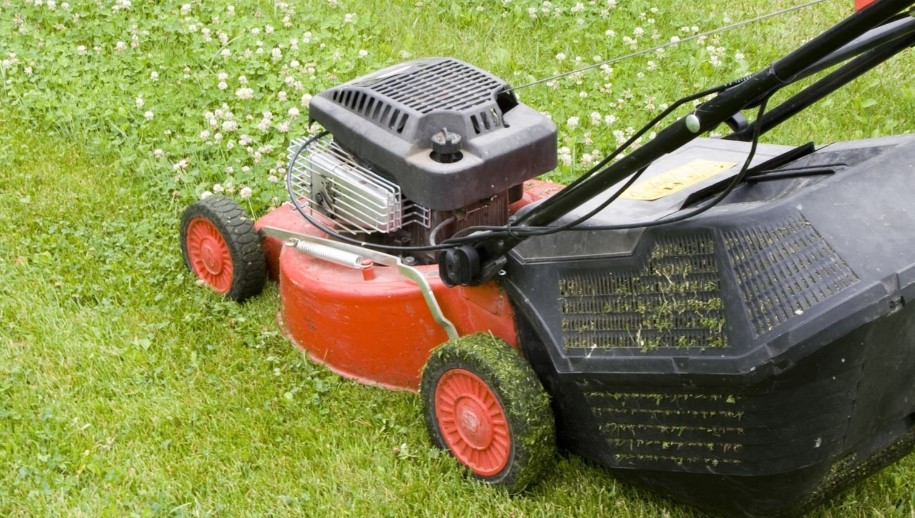
Understanding the Significance of Regular Carburetor Cleaning
Why does the notion of regular carburetor cleaning hold such significance? The answer lies in the profound influence it wields over your car’s performance and efficiency. A carburetor operates as a vital intermediary, blending air and fuel in precise proportions for combustion. Should this component become encumbered with dirt, dust, varnish, or gum, the ramifications can be profound.
The Role of a Clean Carburetor
A clean carburetor plays a pivotal role in maintaining the delicate balance of the air-fuel ratio required for optimal engine function. When impurities accumulate within the carburetor, they impede this balance, leading to an incorrect mixture. This imbalance results in two key scenarios:
- Running Too Rich: In this case, the carburetor delivers excessive fuel relative to the amount of air, leading to a fuel-rich mixture. The implications include poor acceleration, erratic idling, stalling, and potential damage to the catalytic converter due to unburned fuel reaching it.
- Running Too Lean: A carburetor obstructed by debris can also cause a lean mixture, where there’s insufficient fuel in comparison to the air intake. This can trigger issues like backfiring, rough engine operation, and increased engine temperatures, which can eventually lead to overheating and engine damage.
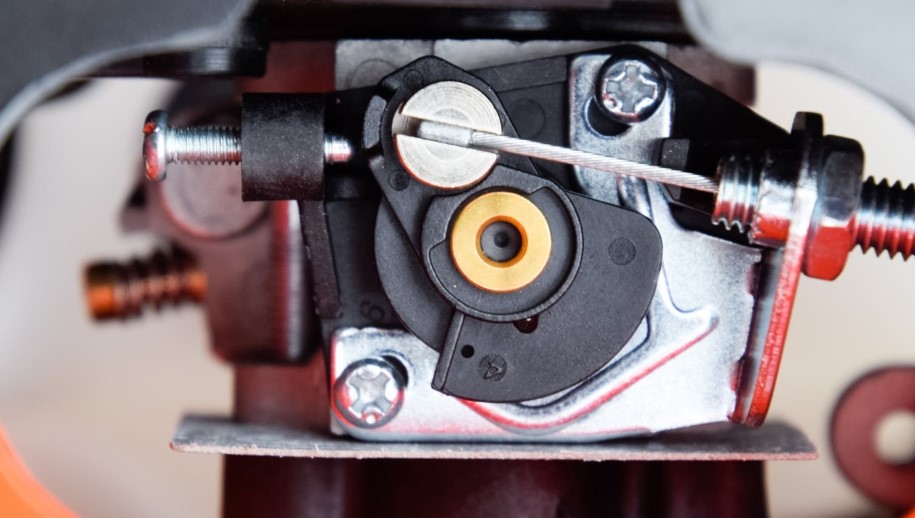
Wide-Ranging Consequences of Neglect
Neglecting regular carburetor cleaning can unleash a cascade of undesirable consequences for your vehicle. These may encompass:
- Diminished Gas Mileage: An imbalanced air-fuel mixture impedes fuel efficiency, leading to increased consumption and reduced gas mileage.
- Suboptimal Performance: A dirty carburetor can sap your vehicle’s power and responsiveness, affecting the overall performance and driving enjoyment.
- Elevated Emissions: An imbalanced mixture can cause higher emissions due to incomplete combustion, contributing to environmental concerns.
- Engine Damage: Prolonged exposure to unbalanced mixtures can lead to long-term engine damage, resulting in costly repairs.
In summary, the frequency of carburetor cleaning stands as a pivotal factor in maintaining your vehicle’s optimal performance and longevity. By adhering to the suggested cleaning timeline and recognizing the vital role a clean carburetor plays, you can foster a well-balanced engine, enhanced fuel efficiency, and a smoother driving experience, ultimately safeguarding your vehicle’s well-being in the long run.
Why is it important to clean your carburetor regularly?
Because a dirty carburetor can cause a lot of problems for your car’s performance and efficiency. A carburetor is a mechanism that evenly distributes fuel and air for combustion. Dirt, dust, varnish, or gum buildup in the carburetor can alter the air-fuel ratio and make your engine operate too richly or too leanly. Poor acceleration, rough idling, stalling, backfiring, decreased gas mileage, higher emissions, and even engine damage might result from this.

Lawn Mower Carb Maintenance Tips
You must take proper care of your lawn mower’s carburetor if you want it to continue operating smoothly. The carburetor is the part that mixes air and fuel to power the engine. Here are some tips on how to maintain your lawn mower carburetor and prevent common problems.
- Check the air filter. The air filter stops dirt and other particles from getting inside the carburetor and impairing its operation. The airflow might be reduced, and the engine can run rich or lean as a result of a filthy or clogged air filter. Remove the air filter from the mower and examine it for stains or damage. You can use a soft brush or a burst of compressed air to clean it if it is unclean. If it is damaged, you need to replace it with a new one.
- Clean the fuel tank. The fuel tank stores the gasoline that feeds the carburetor. Over time, the fuel can get contaminated with water, dirt, or rust, which can cause the carburetor to malfunction. To clean the fuel tank, you need to drain the old fuel and dispose of it properly. Then, you can use a rag or a brush to wipe out any residue inside the tank.To keep the fuel from spoiling, you can also apply a fuel stabilizer.
- Inspect the spark plug. The spark plug is the part that ignites the fuel-air mixture in the engine.An engine that has a bad spark plug may misfire or not start at all. You must take the spark plug out of the lawn mower in order to examine it. You may clean it with a wire brush or spark plug cleaner if it’s filthy. It has to be replaced with a new one if it is worn out or damaged.
- Check the carburetor. The amount of gasoline and air that enter the engine is controlled by the carburetor. It is made up of a number of components, including the throttle, choke, jets, and float bowl. These components can impair the carburetor’s function and result in issues like stalling, surging, or backfiring if they are unclean, faulty, or broken. To check the carburetor, you need to locate it on the mower and inspect its parts for any signs of wear or damage. You can also use a screwdriver to adjust the idle speed and mixture screws if needed.
- Clean the lawn mower carburetor. If your carburetor is dirty or clogged, you need to clean it thoroughly to restore its function. To clean the carburetor, you need to remove it from the mower and disassemble its parts carefully. Then, you can use a carburetor cleaner spray or a solvent to clean each part and remove any dirt or deposits. You can also use a small wire or a needle to clear any clogs in the jets or holes. After cleaning, you need to reassemble and reinstall the carburetor on the mower.
By following these tips, you can keep your lawn mower carburetor in good shape and enjoy a smooth and efficient mowing experience.

FAQs
If you have a lawn mower that is not running smoothly, it might be due to a dirty or clogged carburetor. The carburetor is the part of the engine that mixes air and fuel to create combustion. Over time, dirt, debris, and ethanol can build up in the carburetor and affect its performance. Here are some frequently asked questions and answers about how to clean your lawn mower carburetor.
How do I know if my lawn mower carburetor needs cleaning?
Some signs that your lawn mower carburetor might need cleaning are:
- The engine is hard to start or stalls frequently
- The engine runs rough or surges
- The engine lacks power or consumes more fuel than usual
- The engine emits black smoke or backfires
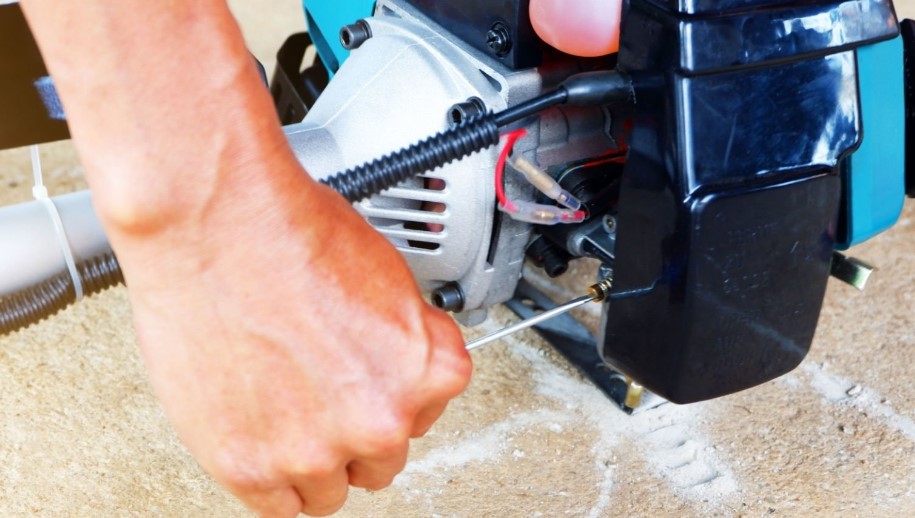
How can I prevent my lawn mower carburetor from getting dirty or clogged?
To prevent your lawn mower carburetor from getting dirty or clogged, you can:
- Use fresh and clean gasoline that does not contain more than 10% ethanol
- Add a fuel stabilizer to your gasoline before storing your lawn mower for a long time
- Before storing your lawn mower for an extended period, drain the petrol
- Replace your air filter regularly
- Avoid mowing in dusty or wet conditions
Final Thoughts
In the quest to ensure lawn mowers’ optimal performance, paying attention to the carburetor is paramount. A clean and well-maintained carburetor guarantees a smooth-running engine and efficient fuel combustion, contributing to a healthier lawn and hassle-free mowing experience.Through this comprehensive guide, you’ve successfully learned how to clean lawn mower carburetor like a pro. The step-by-step process, from disassembly to reassembly, underscores the significance of meticulous attention and careful handling. By removing built-up debris, varnish, and clogs, mower’s engine has been revitalized, restoring its power and efficiency.
Related Articles